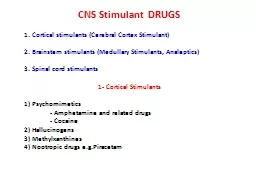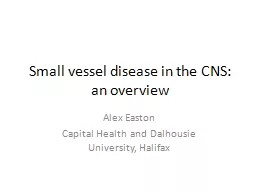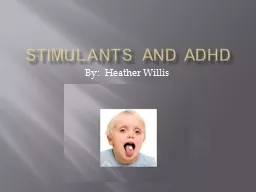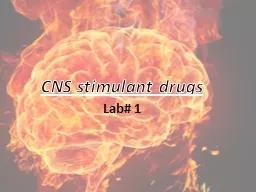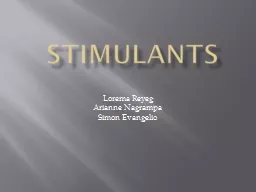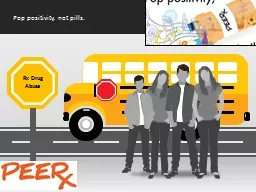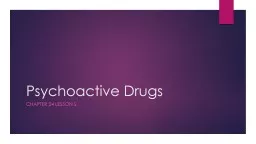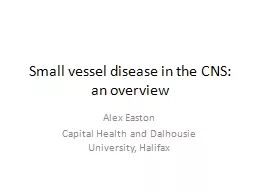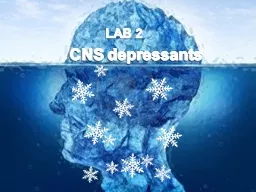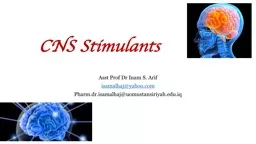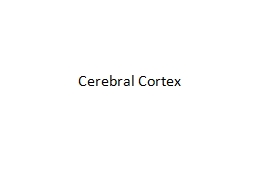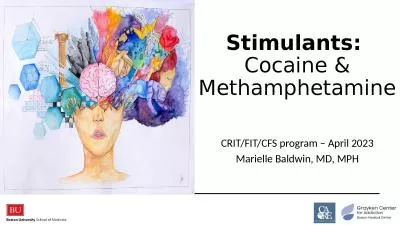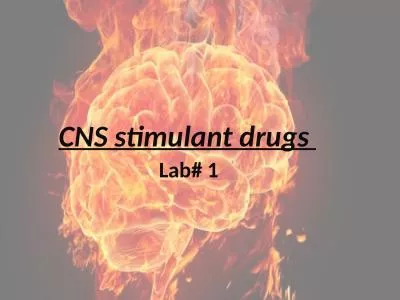PPT-CNS Stimulant DRUGS 1. Cortical stimulants (Cerebral Cortex Stimulant)
Author : kittie-lecroy | Published Date : 2018-03-20
2 Brainstem stimulants Medullary Stimulants Analeptics 3 Spinal cord stimulants 1 Cortical Stimulants 1 Psychomimetics Amphetamine and related drugs
Presentation Embed Code
Download Presentation
Download Presentation The PPT/PDF document "CNS Stimulant DRUGS 1. Cortical stimu..." is the property of its rightful owner. Permission is granted to download and print the materials on this website for personal, non-commercial use only, and to display it on your personal computer provided you do not modify the materials and that you retain all copyright notices contained in the materials. By downloading content from our website, you accept the terms of this agreement.
CNS Stimulant DRUGS 1. Cortical stimulants (Cerebral Cortex Stimulant): Transcript
Download Rules Of Document
"CNS Stimulant DRUGS 1. Cortical stimulants (Cerebral Cortex Stimulant)"The content belongs to its owner. You may download and print it for personal use, without modification, and keep all copyright notices. By downloading, you agree to these terms.
Related Documents

